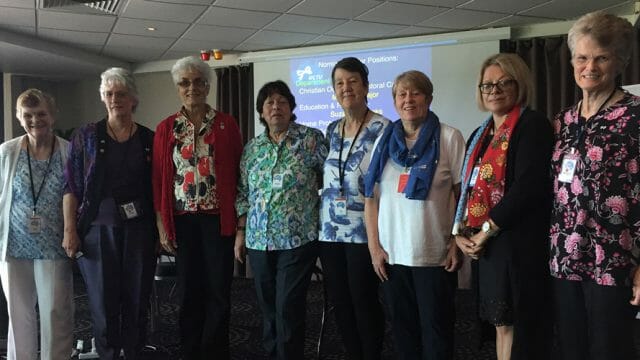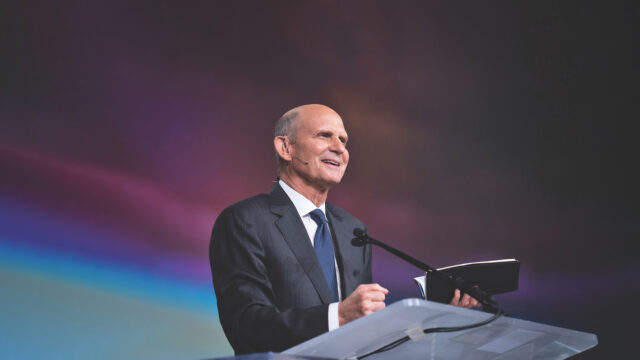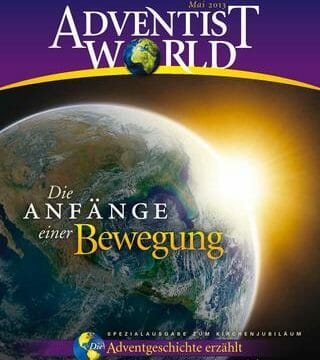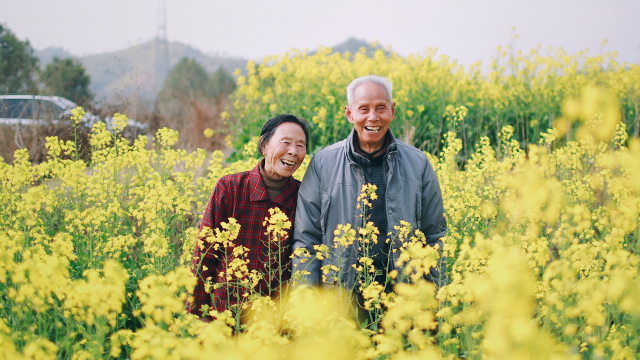Missionaries to the South Pacific*
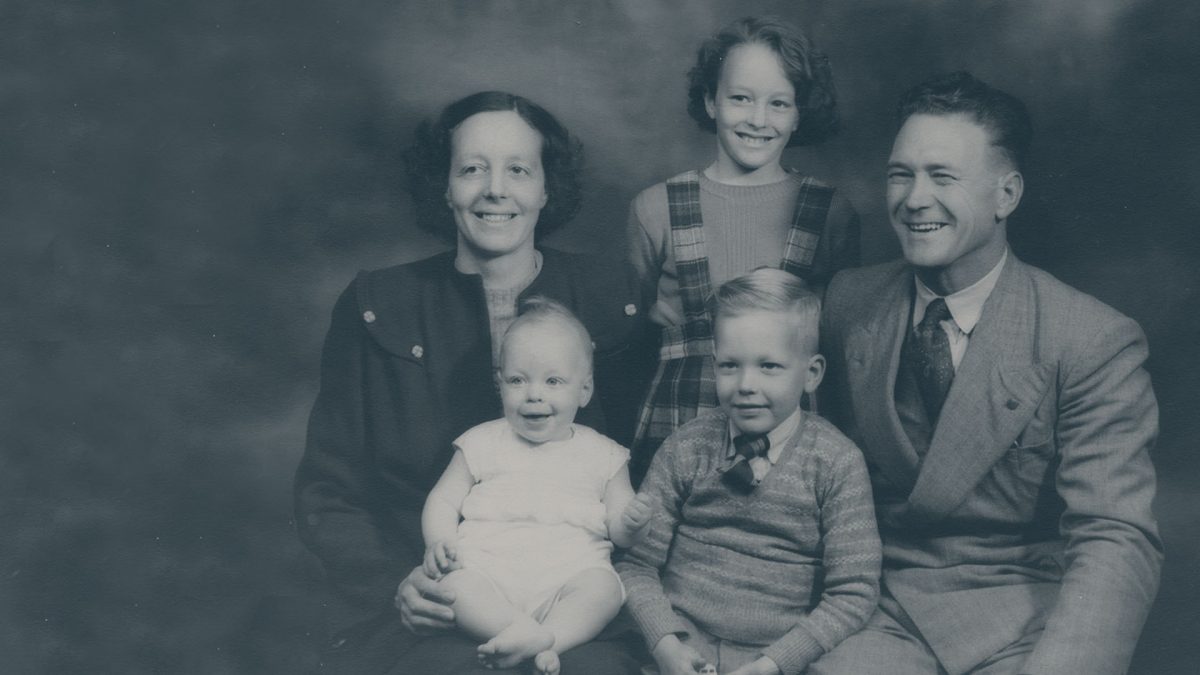
Kenneth Gray was born in Bexhill-on-Sea, Sussex, England, on July 7, 1912. His father, John, was a master tailor and operated his business from a shop in front of their home. When John vanished in 1922, Kenneth’s mother, Mary, was left in dire circumstances and poor health.
Kenneth and his brother, Thomas, were reluctantly handed over to the care of Dr. Barnardo’s Orphanage in London. When offered passage to Australia, they eagerly accepted, believing that they could live with their older brother Leslie, who had left home years before. They landed at Sydney instead, far from Leslie and South Australia.
LIVING WITH SEVENTH-DAY ADVENTISTS
Thomas and Kenneth were placed with the Tempest family, Seventh-day Adventists living in Cooranbong, New South Wales (NSW). Thomas lived with them for two years before joining Leslie in South Australia. Kenneth stayed on and attended high school at Australasian Missionary College (AMC). He was baptized in 1926.
While obtaining his teaching degree, Kenneth worked in the blacksmithing and engineering department of the Sanitarium Health Food Company (SHF) on the AMC campus. When he graduated in 1933, he had the choice between teaching or an engineering career with the SHF, which would have been more lucrative. He chose education, accepting an appointment at the AMC Elementary School.
Kenneth began teaching grades 3 and 4. The following year he taught grades 5 and 6. During this time he formed a close friendship with fellow teacher Dorothy Smith. Their romance blossomed, and on New Year’s Eve 1937 they were married in Newcastle, NSW.
OVERSEAS MISSION SERVICE
When Kenneth was teaching at the AMC Elementary School in 1935, he met William Lock, a missionary in Papua New Guinea, who was on furlough and looking for candidates to join him. Lock spoke glowingly of the Mirigeda (meaning “sand mat”) Training School he was establishing.
Kenneth’s fascination was piqued. Perhaps one day he could be a missionary like Lock! His dream of mission service came true when he and Dorothy were appointed to Mirigeda just before their marriage. Their preembarkation leave and honeymoon included a rushed trip to Adelaide to bid farewell to Kenneth’s mother and siblings, and a crash course in tropical medicine at the Sydney Sanitarium and Hospital. They boarded the ship Macdhui, bound for Papua, on February 4, 1937.
The Papua Mission, with headquarters at Mirigeda, was in its infancy. Almost 30 years had passed since it was first established, and there were only 144 baptized members. Lock had purchased some derelict homes abandoned by a mining company close by at Bootless Bay and transported them piece by piece to Mirigeda in order to reconstruct them.
The school facilities were primitive, with only one large room for both Kenneth and Dorothy to teach all ages, including the mothers who brought their babies and hung them in string bags from the ceiling. To erase their slates, they would simply rub them with their hair.
For five years they taught under these circumstances, with Dorothy receiving no remuneration. In addition to the usual subjects, the girls received instruction in sewing and breadmaking, and the boys were taught house painting, motor mechanics, and agriculture. The Grays began learning Hiri Motu, the language of the Papuan coast.
Kenneth devised a method of soapmaking from coconut oil by adding citronella as a mosquito repellent. This little industry earned cash for the mission. For the first two years Kenneth served as secretary/treasurer of the Papua Mission in addition to his teaching responsibilities.
WARTIME INTERRUPTION
The only real communication that Mirigeda had with the outside world was a private telephone line made of fencing wire strung from tree to tree. One day in December 1941 it carried the news that Japanese troops were advancing over the mountains toward Port Moresby. The order was given for all expatriate women and children to congregate at Port Moresby wharf, where a boat was waiting to take them to Australia.
Dorothy and their infant daughter, Josephine, joined 1,100 other passengers on the S.S. Katoomba—a vessel designed to carry only 300—arriving safely in Sydney. A few weeks later, as Japanese troops advanced, Kenneth was advised to flee to Australia by whatever means he could find. He joined a small group of fellow missionaries and made a dash to Cairns in the little mission boat Diari.
RETURN TO OVERSEAS MISSION SERVICE
Naval battles in the South Pacific during 1942 gave the Allies the advantage, so it was considered reasonably safe for some missionaries to venture back to service. Kenneth was appointed to Fulton Missionary School, Fiji, in 1943. He sailed ahead of his family while the ship took every precaution against attack by operating under a blackout while traveling. Dorothy and Josephine followed later. They spent four years in Fiji. A second child, Anthony Jon Lamont, was born in Suva, March 1945.
At the end of each year in Fiji the Grays packed up their goods anticipating a transfer to Papua, but shipping was unreliable and they would unpack again. In 1947 Kenneth returned to Papua under instructions to revive the mission school. He discovered that bombing raids had destroyed all the buildings and their personal effects at Mirigeda. So a large acreage was purchased at Bautama, closer to Port Moresby. With the help of George Johnson, a carpenter from Western Australia, materials were scrounged from wartime buildings to establish what became known as Bautama Training School (later Papuan Missionary School).
After establishing Bautama Training School, Kenneth acted as education and Missionary Volunteer secretary for the Coral Sea Union Mission in Lae. This involved traveling throughout the regions of Papua New Guinea for three years, reestablishing the mission schools that had suffered during wartime. A second son, Kenneth John, Jr., was born in November 1949.
Late in 1953 Kenneth was asked to establish a central training school for the Coral Sea Union Mission. A site was chosen at Kabiufa, in the cool highlands of Papua New Guinea. It was initially named the Coral Sea Union Training School.
During a furlough, Kenneth scouted among church members for unused and broken-down bicycles, and with donated spare parts he restored 30 bicycles at his former SHF engineering shop. The manager paid the freight to Kabiufa, and the delighted students used them to cycle to branch Sabbath Schools in the surrounding district.
From 1956 through 1961 Kenneth was educatio and Missionary Volunteer secretary for the Coral Sea Union Mission. Dorothy taught English literature in the government teacher-training college. They transferred in 1962 to Suva, Fiji, for Kenneth to serve in the Central Pacific Union Mission as education director, Missionary Volunteer, and health and temperance secretary. He held these positions until September 1970, when he was appointed as president of the Cook Islands Mission.
RETIREMENT
In 1972 Kenneth and Dorothy permanently returned to Australia so they could be closer to their children and grandchildren. Kenneth passed away on July 17, 1986, and was interred on the campus of Avondale College, where he had trained for his lengthy mission service. Dorothy passed away on April 19, 1999, and was laid to rest in the same place. Together they devoted their lives to each other and the church educational program, training numerous South Pacific islanders to be school teachers and gospel workers.
*This feature was adapted from an original entry in the Encyclopedia of Seventh-day Adventists, available online at encyclopedia.adventist.org.



